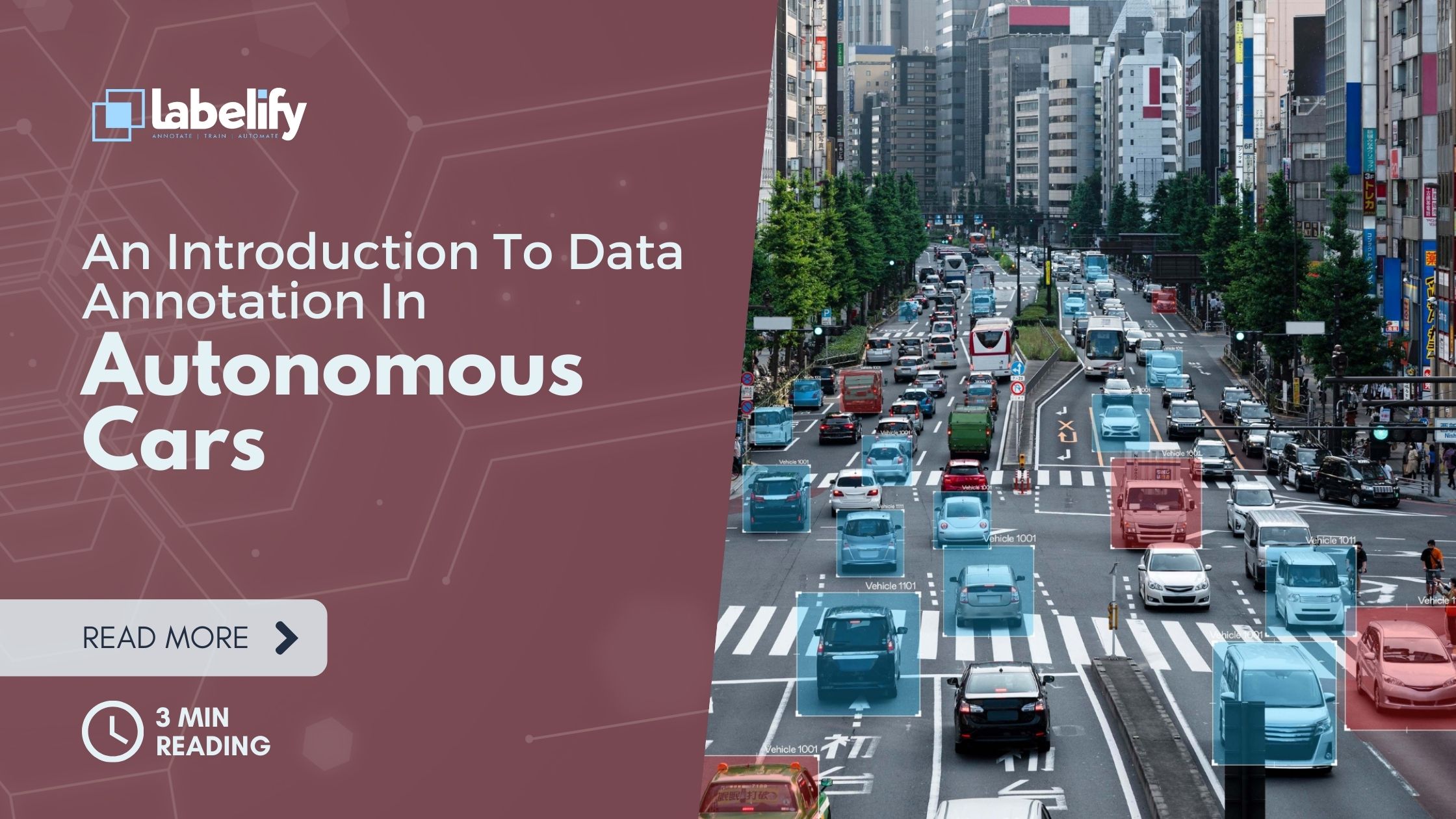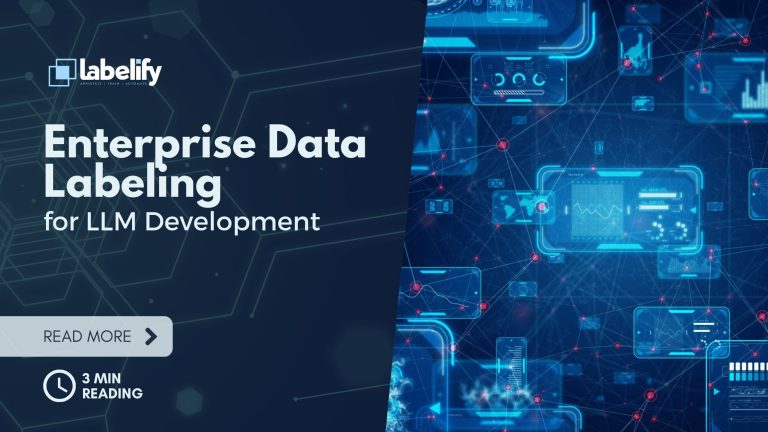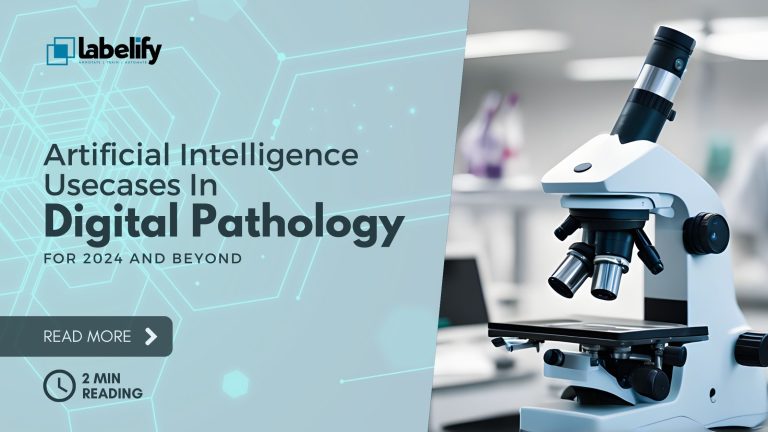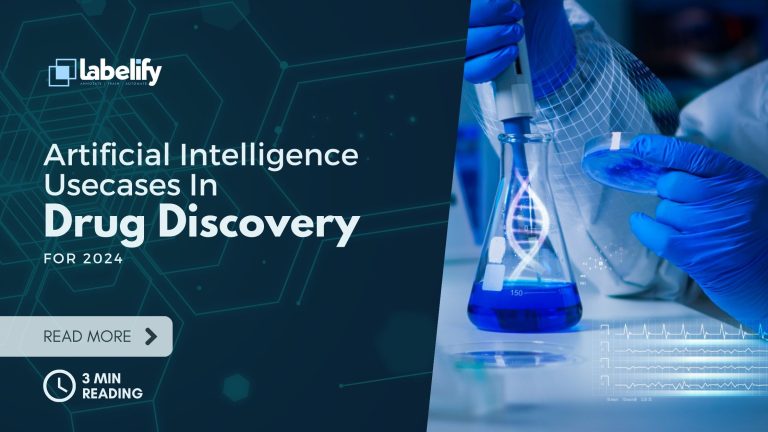Sissejuhatus andmete annotatsiooni autonoomsetes autodes
The capabilities of semi-autonomous or autonomous vehicles are made possible through annotations. Annotation refers to the process of identifying the area of interest or object of interest in a video or image with boundary boxes, as well as specifying other attributes that aid the ML models recognize and understand the objects detected by sensors of the vehicle.
Autonomous and semi-autonomous cars have technologies that play an important part in improving the experience of driving. This is by the presence of numerous cameras sensors, sensors, as well as other devices. Each of these components generates a lot of information. One example could be that of the ADAS device, which is based using computer vision. It utilizes a computer to acquire a deep understanding of images, and by analyzing different scenarios, alert the driver to make his decision more effectively.
How do you define an annotation?
The functions of semi-autonomous and autonomous vehicles are enhanced thanks to annotations. Annotation refers to the labeling of the area of interest or object that is of interest in the video or image by using boundary boxes as well as defining other characteristics to aid the ML models recognize and understand the objects that are detected by sensors inside the vehicle. Analysis like facial recognition, motion detection, and more require high-quality data correctly annotated.
If there isn’t a proper annotation of information, autonomous driving could not be effective to the point where it’s almost impossible to achieve. The accuracy of the data makes sure that the driverless experience is smooth.
Why does annotation exist?
Modern vehicles generate large quantities of data because of the existence of multiple cameras and sensors. If these data sets aren’t appropriately labeled in order to be processed, they can’t be used to their full potential. The data sets should be utilized as part of an assessment suite to create models of training for autonomous vehicles. Different automation tools can assist to label the data because labeling them manually would take a lot of time.
What is the process of annotation?
To enable an autonomous vehicle to travel from A to B, it has to be able to comprehend the surrounding environment perfectly. An ideal scenario for driving functions you’d like to incorporate within a vehicle could require two sensor sets that are identical. One set will be the sensor set in the process of testing while the second sensor set is used as an indicator.
Let’s suppose that a car travels 3000 miles at an average rate of 45 kilometers per hour under varying driving conditions. With these numbers we can determine that the car took 6700 hours in order to travel the distance. It could also have several camera and LIDAR (Light Detection and Ranging) systems and If we assume they recorded at a minimum rate of 10 frames per minute during the duration of 6700 hours, 240 million frames of data could be generated. Assuming that every frame could contain, on a typical basis, fifteen objects including other vehicles and pedestrians, traffic lights as well as other objects then we’ll have more than 3.5 billion items. Each object must be tagged.
Simply noting is not enough. It must be precise too. In the absence of this it is impossible to draw any meaningful comparisons between the different sensor sets for the automobile. What if we were required to manually mark every object?
Let’s try to understand how manual annotation works. The first step is to browse across the LIDAR scans, and then pull up the appropriate camera footage. In the event that you have a LIDAR that has a 360-degree view, it would be a multi-cam setup which will show the footage in accordance with what is known as the LIDAR perspective. After the LIDAR scans and footage from the camera have been gathered then the next step is to align the LIDAR perspective with the camera. If you know which objects are in the area The second step is to perform object detection and place 3D boundaries around them.
The simple act of placing bounding boxes as well as generalized annotations such as pedestrians, cars or stop signs, etc. could not suffice. There are attributes to most accurately describe what you are looking at. Additionally it is essential to know the meaning of stops, moving objects, stationary objects and emergency vehicles, the lighting classification as well as what type of warning lights the emergency vehicles include, etc. This should be a comprehensive list of the objects and their attributes in which each attribute needs to be considered in turn. This means we are discussing a large amount of information.
Once you have completed this, you need to be sure you have the right annotations. Another person is required to verify that the data you have annotated is right. This will ensure there is no room for error. If the annotation process is performed manually , with an average time of 60 seconds per object, we would require 60 million hours, or just 6-849 calendar years to mark all of the 3.6 billion objects that we have discussed earlier. So, manually annotating objects is impossible.
How can Automation help?
In the previous example we can conclude that it is not likely to manually add annotations to the data. Numerous open-source tools can assist in this task. It is possible to detect objects automatically regardless of perspectives, low-resolution or dim lighting. This is possible thanks to the deep-learning models. When it comes down to automation the first step will be to design the task of annotation. Begin by naming the task, giving the labels and characteristics associated to them. After you’ve completed this, you’re ready to create the database of data you have that needs to be annotated.
Beyond the above, there are numerous other features that are possible to add on the job. Annotation can be accomplished with boxes, polygons and polylines. Different types of annotation include interpolation mode as well as attribute annotation mode segmentation and others.
Automating reduces the amount of time needed to note down data. Automation will reduce by 65 percent the effort and mental fatigue.
Closing up
In order to make this happen, the automation tools discussed earlier in this blog will assist in achieving annotation at a large size. In addition, it is essential to have an expert team to be able to facilitate data annotation on a massive scale. eInfochips has been an engineering partner to many of the world’s companies with expertise across the Product Lifecycle beginning from Product Design through the Quality Engineering phase as well as across the value chain starting from Device up to Digital. Labelify is also an expert on AI as well as machine-learning. It has worked with a variety of automotive companies to provide top-quality solutions. For more information about our data annotation, automotive solutions and AI/ML expertise Contact our experts.




